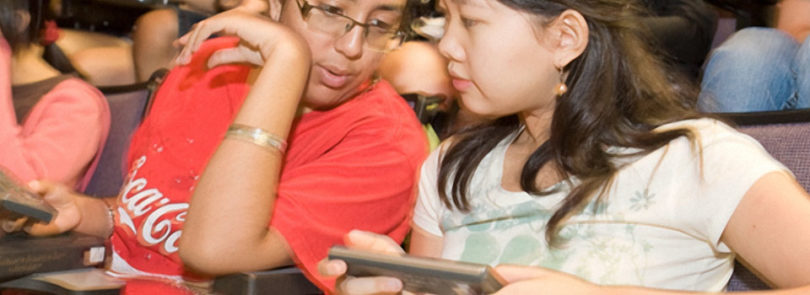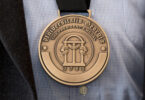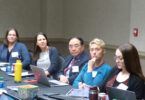With the increasing use of “clicker” technology in the classroom, the university has selected one system to support.
Clickers-variously known as student or classroom response systems-are digital teaching tools that allow faculty to pose questions of students and immediately collect data on their responses.
“As more faculty have begun using these devices, it made sense to try to standardize the system used so that students wouldn’t have to use different devices in different classrooms,” said Nelson Hilton, director of the Center for Teaching and Learning, who convened an ad hoc committee to study the issue at the request of Jere Morehead, vice president for instruction.
After gathering faculty input at a series of open meetings, a small group of faculty worked with the Center for Teaching and Learning and the Procurement Office to prepare a request for proposals and evaluate responses before selecting a vendor, eInstruction, for its Interwrite PRS RF clicker.
In return for designation as the sole supported student response system on campus, eInstruction is to supply its PRS RF unit-the device already in most general use on campus-to the bookstore at a discount, so the retail cost to students should be around $50 per unit. The vendor is also offering “hub kits” (receiver unit, response pad and software) needed for classroom operation of the PRS free of charge to all new adopting faculty members.
Peggy Brickman, associate professor of biology and winner of the 2007 Award for the Scholarship of Teaching and Learning from the University System of Georgia Board of Regents, has been using the PRS RF clicker, along with colleagues Norris Armstrong and Kathrin Stanger-Hall, in classes involving more than 4,000 students throughout the past year.
“We have noticed an increase in attendance since using the clickers, but of course that may be largely due to the fact that we are now able to give credit for daily in-class activities,” said Brickman. “Student feedback has indicated that they appreciate the chance to practice using the information we are covering in class during class time when they have the opportunity to clear up confusion and ask questions immediately. All of the faculty enjoy the opportunity to receive feedback on our teaching as well.”
“In addition, we want to use questions that challenge students to think deeply and be more engaged in the classroom, not just provide an expensive attendance check,” she said.
Faculty member Richard Morrison and colleagues recently completed a paper for the Journal of Chemical Education on taking clickers beyond simple multiple choice questions and using them to record complex sequential transformations.
“It is a fantastic thing to observe a lecture hall of 360 naturally divide into small groups to talk over strategies and develop responses,” said Morrison. “Recognizing the value of the experience, students keep asking for more of these kinds of questions.”






